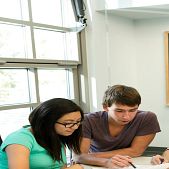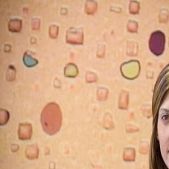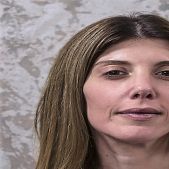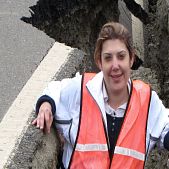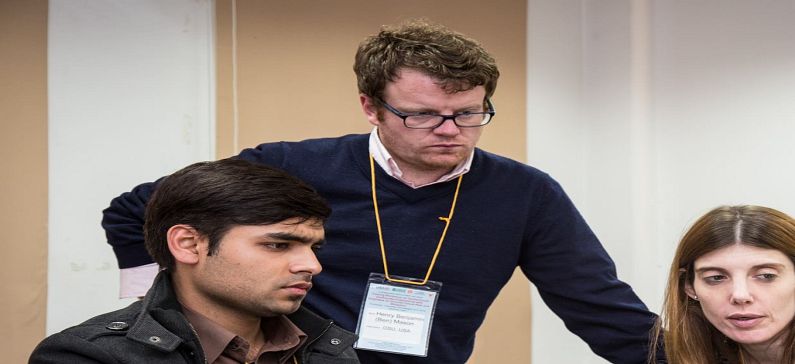
Aims at the creation of a new model of earthquake protection in urban areas
Domniki Asimaki is a Professor of Mechanical and Civil Engineering, California Institute of Technology (Caltech).
Her research combines elements of geotechnical engineering, geophysics, computational mechanics, and structural dynamics to study natural ground surface features and man-made geotechnical systems –such as ridges, valleys, dams, tunnels, building foundations and offshore structures. One of her research areas is the development of predictive models of soil and foundation response to seismic loading, another area is the engineering of ‘green’ foundation solutions for offshore wind farms, which are subjected to complex dynamic loading from wind, waves, currents and the cyclical motion of the turbine rotor itself.
Through a multi-faceted research program, her research team has gradually replaced traditional anti-seismic design rules developed over the last 50 years to study individual constructions with a new generation of regulations specifically designed to minimize the vulnerability of interdependent distributed systems (water, Telecommunications, among others) necessary for the health, safety and well-being of the inhabitants of modern cities.
She is among the five distinguished Greek scientists excelled abroad who were awarded with the 2017 Bodossaki Science Awards for their performance and contribution to the scientific fields of science, life sciences, applied sciences and social sciences. The awards were given by the President of the Republic, Prokopios Pavlopoulos, at a special ceremony held at the Zappeion Mansion.
In her speech at the award ceremony, she underlined that her research team is developing computational simulations on a scale of big cities, such as Los Angeles to predict the possibility of distortion and collapse of natural and artificial formations as well as the extent and cost of their effects on surface and underground structures. “The aim is for these simulations to be the basis for earthquake-resistant design of ‘elastic big cities’, which, in line with the concept of elastic materials, will suffer the smallest possible human losses and damages during an earthquake”, she said.
Domniki joined the Department of Mechanical and Civil Engineering at Caltech in 2014. She was previously a faculty member at the Department of Civil and Environmental Engineering at Georgia Tech. She has a bachelor’s diploma in civil engineering from the National Technical University of Athens, Greece (1998), and an MS (2000) and PhD (2004) from the Department of Civil and Environmental Engineering at MIT. She is associate editor for Soil Dynamics and Earthquake Engineering, for Earthquake Spectra (EERI), and for Soils and Foundations of the Japanese Geotechnical Society. Her awards include the 2009 Arthur Casagrande Award from the ASCE Geo-Institute, the 2012 Shamsher Prakash Research Award in Geotechnical Earthquake Engineering and the 2014 Young Investigator award of the International Society of Soil Mechanics and Geotechnical Engineering. She has worked at the École Nationale des Ponts et Chaussees in Paris as part of the EU’s Seismic Assessment for Earthquake Risk Reduction (SAFERR), based in Imperial College in London.
She has published more than 70 articles in top journals and conference proceedings on geotechnical seismic engineering, construction engineering, technical seismology and geophysics. He is also in the editorial team of 4 international journals on seismic engineering, geotechnical studies and dynamic soil formations. She has more than 80 presentations at national and international conferences. In 2016, she was a keynote speaker at the American Society of Civil Engineers (ASCE) Engineering Conference (EMI) and at the 6th International Geotechnical Earthquake Engineering Conference of the International Society of Soil Mechanics and Geotechnical Engineering (ISSMGE).


